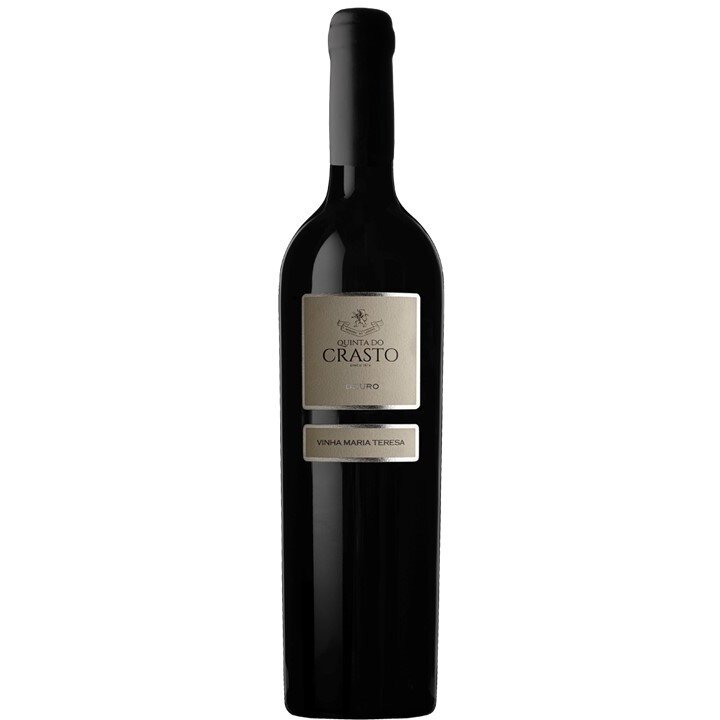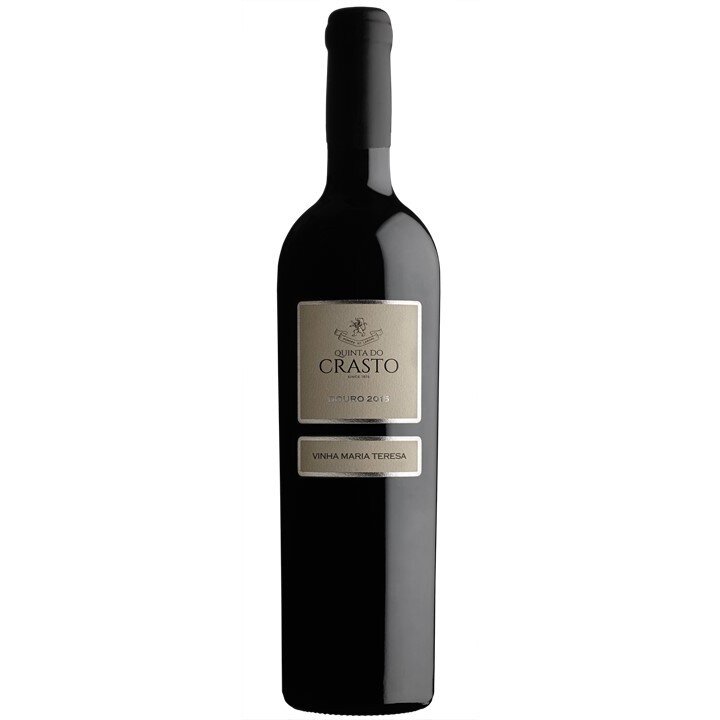Wine Quinta do Crasto Vinha Maria Teresa Red 2016 75cl
Region: DOC Douro, Portugal
History:
Quinta do Crasto has more than 400 years of history, part of which is documented.
This farm is and is part of the history of the Douro and of Port Wine, with all its details, from the productions prior to the Company, or even prior to vinification with brandy, through the projection of DOC Douro wines.
The events and vicissitudes that brought the Crasto brand through time should be highlighted, passing through the Pombalina Company, through the liberalization and market regulation movements, through the plagues of the 19th century, powdery mildew, mildew and phylloxera.
Going through the creation of Álvaro Moreira da Fonseca’s “Method for the Distribution of the Benefit of Port Wine”.
For the foundation of Casa do Douro and the Porto Wine Institute, for the 1974 revolution and for joining the European Union (at the time European Economic Community).
All this history passed through the Quinta. But she didn’t stay passive, she was part of this whole story.
Its owners or farmers took care of its development, its projection into foreign trade and the innovation of its working methods.
They adapted to the new times, but they also knew how to choose and make those times.
Quinta do Crasto has more than 400 years of history, part of which is documented.
This farm is and is part of the history of the Douro and of Port Wine, with all its details, from the productions prior to the Company, or even prior to vinification with brandy, through the projection of DOC Douro wines.
The events and vicissitudes that brought the Crasto brand through time should be highlighted, passing through the Pombalina Company, through the liberalization and market regulation movements, through the plagues of the 19th century, powdery mildew, mildew and phylloxera.
Going through the creation of Álvaro Moreira da Fonseca’s “Method for the Distribution of the Benefit of Port Wine”.
For the foundation of Casa do Douro and the Porto Wine Institute, for the 1974 revolution and for joining the European Union (at the time European Economic Community).
All this history passed through the Quinta. But she didn’t stay passive, she was part of this whole story.
Its owners or farmers took care of its development, its projection into foreign trade and the innovation of its working methods.
They adapted to the new times, but they also knew how to choose and make those times.

















Reviews
There are no reviews yet.